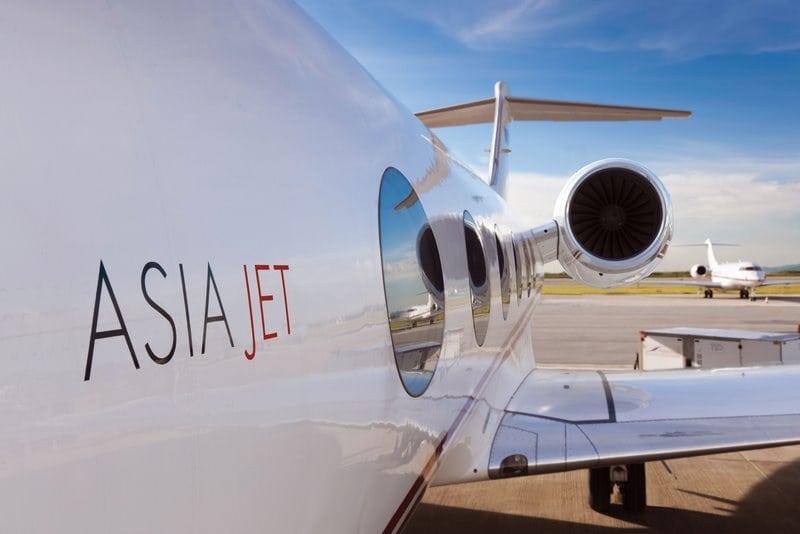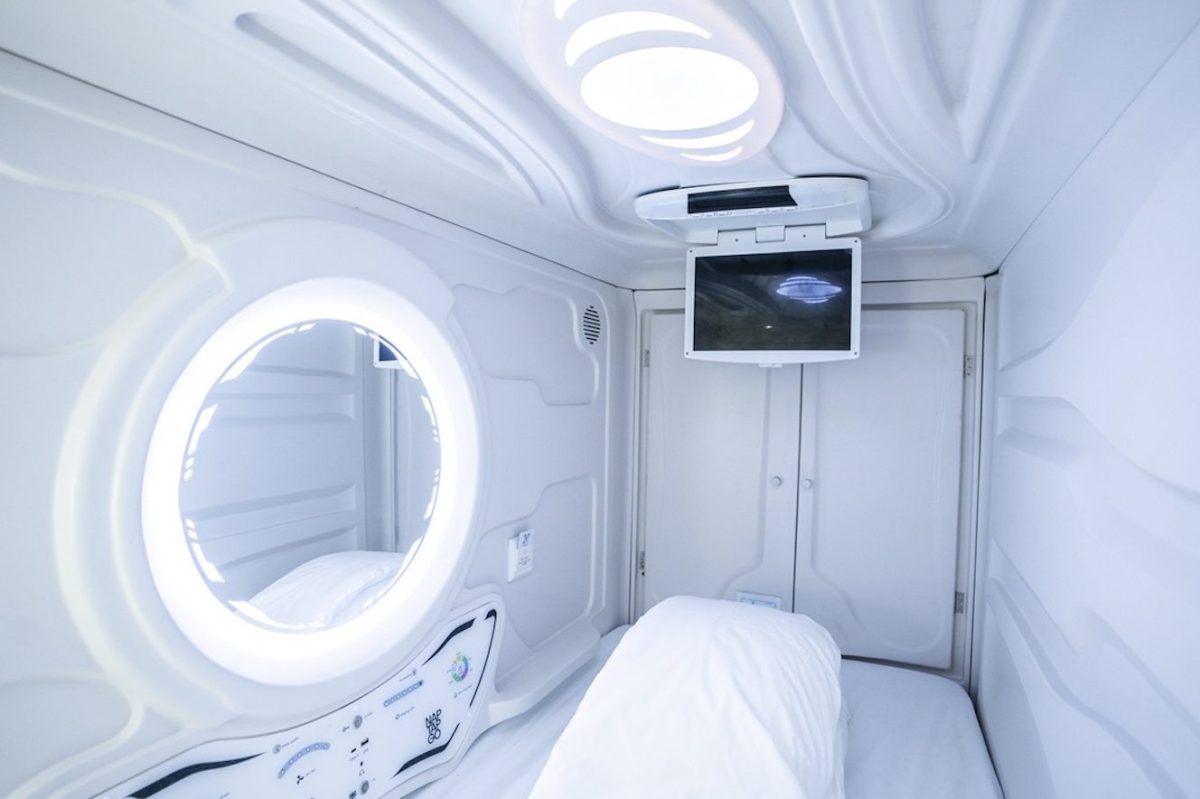Asia's private jet boom driven by new money millionaires

Skift Take
Millionaires in search of new toys are set to fuel a fourfold jump in Asia’s share of private jets in the next five years.
Asians may own as much as 20 percent of the global luxury jets fleet by 2017 as economic growth spawns new millionaires, said Singapore-based K.K. Yong, vice president of Jetsolution International Services Ltd. Southeast Asia will create the next wave of demand for private aircraft, benefiting General Dynamics Corp.’s Gulfstream, Embraer SA and Textron Inc.’s Cessna, the aviation consultant said.
Rising affluence in Southeast Asia, China and India amid a boom in mining and property projects is boosting demand for private jets to increase business flexibility and cut travel times, according to Jetsolution. The number of people in the Asia-Pacific region with at least $1 million in investable assets rose 1.6 percent to 3.37 million in 2011, RBC Wealth Management and Capgemini SA said in September.
“When people get wealthy they tend to buy what they wish to have eventually,” Yong said in an interview in Singapore on Jan. 7. “Demand for business jets is highly correlated to wealth creation, which is largely driven by economic growth in the region.”
As many as 15,200 business jets were flying worldwide at the end of 2011, with about 5 percent in Asia, Yong said, citing figures from Montreal-based planemaker Bombardier Inc. The U.S. and Europe combined accounted for 58 percent of the total.
Bedrooms, Bathrooms
Business jets cost from about $17.2 million for Bombardier’s Learjet to about $50 million for Dassault Aviation SA’s Falcon 7X and more than $100 million for larger Airbus SAS or Boeing Co. planes outfitted as business jets.
The list price of an Airbus corporate jet, based on its A319 passenger aircraft, can be about $87 million with a typical cabin. Those planes, which typically seat as many as 19 people and can fly non-stop intercontinentally, have features such as lounges, offices, bedrooms and bathrooms.
Jetsolution, headquartered in Hong Kong, provides consulting services to private-jet owners in Asia and advises on aircraft acquisitions and sales. The company, established in 2009, gets three to five enquiries a day from potential clients, said Jackie Wu, president of Jetsolution.
The wealth in India, China and Southeast Asia may exceed the total in the U.S. and Europe by 2030, the Asian Development Bank said in May. Among the world’s top 100 wealthy individuals, 11 are Asians, according to the Bloomberg Billionaires Index.
Asian Wealth
“Wealth is moving to Asia, and there are lots of potentials especially in Indonesia,” Wu said. “We are still in the infant stage compared to the U.S. and Europe” in the private-plane market, she said.
Singapore posted a 14 percent increase in millionaire households to 188,000 in 2011, when the Asia-Pacific region countered a decline in wealth in Western Europe and the U.S., according to a Boston Consulting Group report published May 31.
The proportion of millionaire homes in the city-state was 17 percent, the highest in the world, according to the report.
China’s high net-worth households, defined as those with at least $1 million, probably expanded 17 percent to 1.74 million in 2012 after increasing 30 percent a year earlier, according to a Dec. 20 report by Boston Consulting Group and China Construction Bank Corp.
Infrastructure Need
Increased trade as well as development of resources and real-estate projects in Asia are driving demand for private jets as they require traveling to remote areas and flexible time arrangements, Wu said.
Customers in China prefer to buy newer and faster planes and are interested in aircraft made by companies such as Gulfstream and Bombardier, Yong said.
Southeast Asian clients are also interested in used aircraft as long as they deliver on performance and are cost- effective, Yong said. Popular models include those made by Cessna, Embraer and Hawker Beechcraft Inc., he said.
While demand is growing, private-jet owners face challenges in flying in the region because of a lack of infrastructure, Wu said. Private planes have to compete for airport space against airlines carrying more passengers, and may be restricted in their landing or takeoff hours, as governments prioritize tourism as a source of revenue, she said.
China, Asia’s largest private-jet market with more than 200 of over 700 planes in the region, has four airports catering to such aircraft, according to Jetsolution. This compares with more than 5,000 facilities in the U.S., reflecting a need for Asia to build more secondary airports to cater to expanding business-jet operations, Yong said.
“A lot of the aviation authorities may not be so well- versed in the needs and demands of private-jet ownership,” Wu said.
Cessna opened a regional service center in Singapore in July last year. Singapore Technologies Engineering Ltd. is building a hangar that will also service business jets, scheduled to begin operating as early as the end of March.
“Southeast Asia plays a very important role in supporting these aircraft in the region, especially in Singapore,” Wu said. “Maintenance in Singapore will sort of fuel growth in business aviation in the local region.”
--With assistance from Andrea Rothman in Toulouse, France, Michael Wei in Shanghai. Editors: Lena Lee, Anand Krishnamoorthy.
![]()




